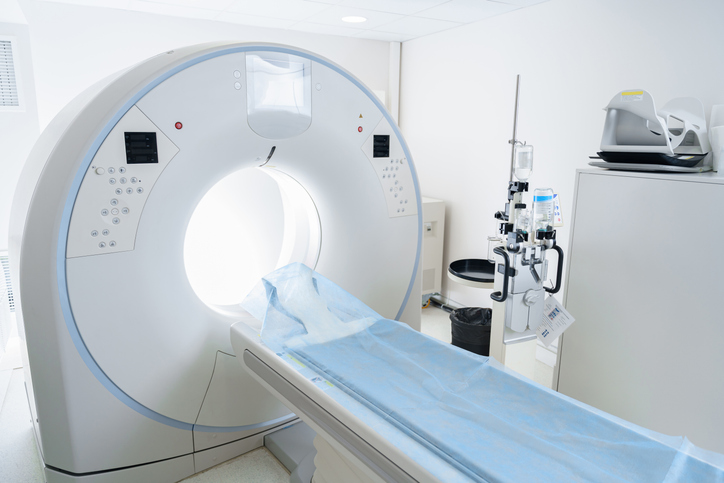
Women with premature or extremely premature atherosclerotic cardiovascular disease (ASCVD) receive less optimal secondary prevention cardiovascular care than men, according to a recent study in JAMA Cardiology. The researchers found that among patients with premature ischemic heart disease, women received less antiplatelet (adjusted odds ratio [aOR]=0.47), statin (aOR=0.62), and high-intensity statin (HIS; aOR=0.63) therapy and were less statin adherent compared with men. Results were similar for women with premature ischemic cerebrovascular disease (ICVD) and premature peripheral arterial disease (PAD), with women receiving comparatively less antiplatelet, statin, and HIS therapy.
Intraabdominal fat increases the risk for metabolic and cardiovascular disease (CVD) even in the absence of a body mass index (BMI) indicating obesity, according to a scientific statement issued by the American Heart Association and published in Circulation. “Although intervention trials of medical weight loss have not demonstrated a clear reduction in coronary artery disease risk, rates of fatal and nonfatal cardiovascular events are significantly lower in those undergoing bariatric surgery,” the authors wrote. “Mechanisms underlying obesity-related cardiac dysfunction should be evaluated to improve management of patients with obesity and CVD.”
Information automatically extracted from low-dose lung computed tomography (CT) imaging can predict five-year cardiovascular disease (CVD) mortality, according to a study published in Radiology: Cardiothoracic Imaging. The researchers conducted a retrospective study involving 5,564 participants who underwent low-dose CT from the National Lung Screening Trial. The researchers trained the prediction model with data from 4,451 participants and tested it on data from 1,113 participants. Using calcium scores, the prediction model achieved a C statistic of 0.74, which outperformed the baseline model using participant characteristics (C statistic, 0.69). Combining all variables yielded the best results (C statistic, 0.76).
For patients with acute dyspnea with diagnostic uncertainty, point-of-care ultrasound (POCUS) can be a helpful addition to the standard diagnostic pathway, according to a new clinical guideline issued by the American College of Physicians. The researchers found that for patients with dyspnea, the addition of POCUS to a standard diagnostic pathway yielded statistically significantly more correct diagnoses than the standard diagnostic pathway alone. In most, but not all studies, POCUS consistently improved the sensitivities of standard diagnostic pathways to detect congestive heart failure, pneumonia, pulmonary embolism, pleural effusion, or pneumothorax.







 © 2025 Mashup Media, LLC, a Formedics Property. All Rights Reserved.
© 2025 Mashup Media, LLC, a Formedics Property. All Rights Reserved.